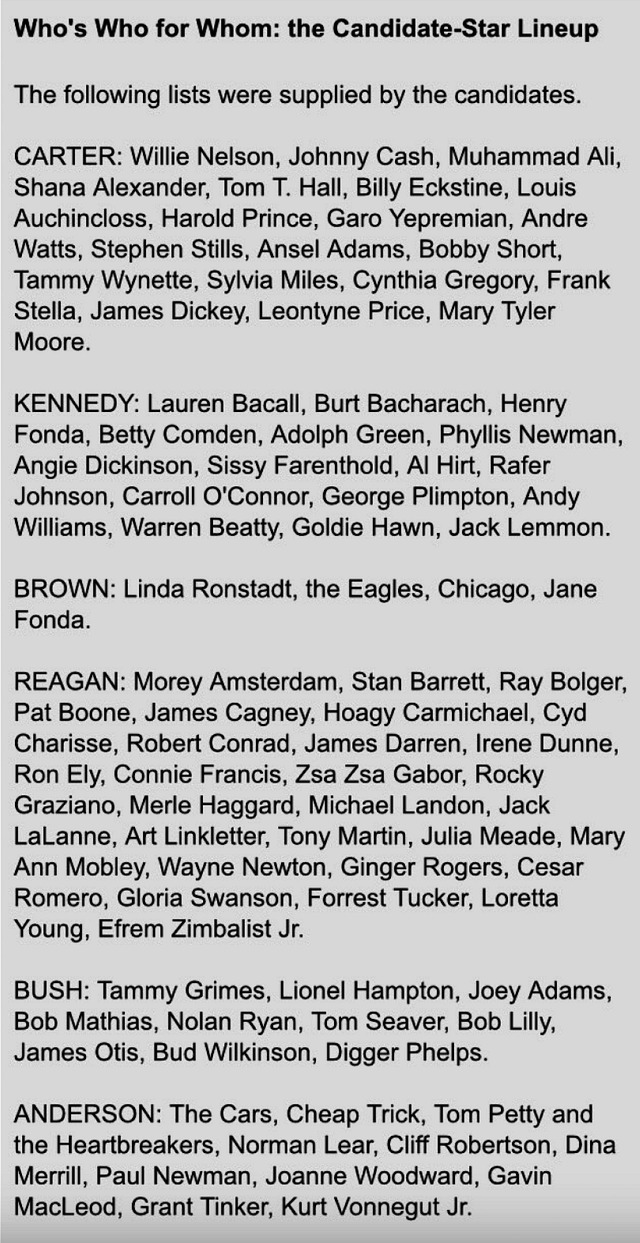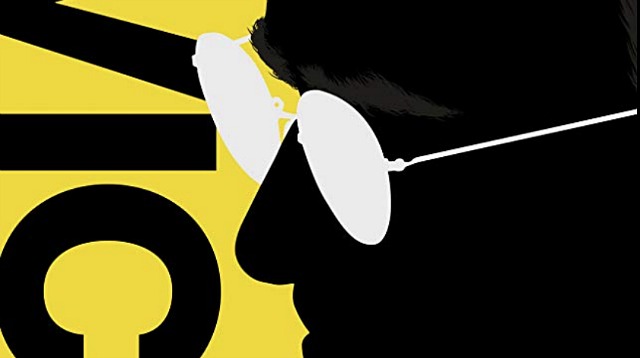Spider-Man, the Hulk, Doctor Strange, the Fantastic Four, Daredevil, Black Panther, X-Men, and co-creator of Ant-Man, Iron Man and Thor — Stan Lee lived a rich and bountiful life. Attention and respect must of course be paid and Hollywood Elsewhere is offering both. That’s all I’m going to say because I’m not a comic-book guy and I can’t pretend that I have a lot of personal stuff to share so let’s just leave it there. Hail to a good man who worked hard and pulled a lot out and put it down on paper and had a huge impact upon the Hollywood entertainment realm, particularly this century. Tip of the hat. We should all live so long, or as fully.
Daily
Olive Drab Stained With Blood
Last night I watched Peter Jackson‘s They Shall Not Grow Old. The enhanced-footage doc (colorized, digitally sharpened, converted to 3D) is about the arduous experience of British troops in the European trenches during World War I. I’m not a WWI buff but this is probably the first doc to emphasize the grisly aspects of the Great War. Ugly, muddy, bloody, cold, miserable, damp…men living like pigs. Not to mention horrific head wounds, the stink of dead bodies (including horses), no latrines, only two pairs of socks per soldier, no change of underwear, etc.
Roughly six million British troops were sent to fight in Europe between August of 1914 and September 1918. Just over 700,000, or 11.5% of the total, were reportedly killed. Then again the World War I Wiki page says 1,114,914 Brits died in the conflict — who knows?
An awful lot of young men in their teens and early 20s had bad teeth back then. Or missing teeth. Smiling wasn’t a good idea.
It begins and ends with conventional black-and-white footage of young troops preparing for battle and then a closing section depicting the aftermath and return to the home front. Only the brutality of war section. which lasts a bit more than an hour, is shown in color and 3D. The opening black-and-white section lasts around 19 or 20 minutes, and then into the colorized carnage and then a wrap-up that last between 10 and 12 minutes, not counting closing credits. The film runs 99 minutes.
The color on the version that I saw didn’t look as good as the tinting in the official trailer. I’m presuming this lack of subtlety is not what the film will deliver when Jackson’s plays theatrically in the U.S. on 12.17 and 12.27. I intend to see it that way, especially for the 3D.
The U.S. presentation of They Shall Not Grow Old is a co-presentation between Fathom Events and Warner Bros.
White Album Unplugged
I’m about 20 years late to the White Album demo tapes thing. In May ’68 the Beatles recorded 27 songs at George Harrison‘s home (Kinfauns) in Esher, southwest of London. Most of the tunes were included on the White Album. All 27 (spiffed-up, fresh sounding) are part of the deluxe 50th Anniversary White Album reissue. All are on YouTube as we speak.
I’m thinking it’s the best unplugged Beatles album ever, including Let It be …Naked. I’m especially taken by (a) the acoustic “While My Guitar Gently Weeps,” a song I’ve long despised for its whiny, morose, “woe is me” tone, and (b) “Revolution 1 (Take 18)”, which delves into Primal Scream howls just after the five-minute mark.
European Film Award Picks
Pawel Pawlikowski‘s Cold War has snagged five (5) European Film Award nominations — best film, best director and screenwriter (Pawlikowski), best actress (Joanna Kulig) and best actor (Tomasz Kot). As the only Gold Derby member to include Kulig on my Best Actress list, I’m especially pleased to report her triumph. It’s also my humble opinion that Cold War should win the Best Foreign Language Film Oscar on 2.24.19.
HE picks in various categories: Best European Film — Cold War. 1st runner-up: Alice Rohrwacher‘s Happy As Lazarro. 2nd runner-up: Lukas Dhont‘s Girl.
Best European Documentary — Bergman — A Year in a Life (dir: Jane Magnusson)
Best European Director — Pawel Pawlikowski, Cold War
Best European Actress — Joanna Kulig, Cold War
Best European Actor — Victor Polster in Girl, hands down.
Best European Screenwriter — Alice Rohrwacher, Happy as Lazzaro
BestEuropean Comedy — No preference.
Best European Discovery — Girl (dir: Lukas Dhont)
Lars Von Trier’s “The Idiots”
The E! People’s Choice Awards — aka “the Empties” –were held last night in Santa Monica. The list of winners was pure Eloi, pure American nightmare — a celebration of the most vapid and insipid actors, celebrities and movies as well as a portrait of the spiritual vistas and values of the voters (God help us).
Typical acceptance speech by winners: “I’d like to thank all the brainless ditzoid teenage girls who voted for me…it’s a great honor.”
Did Melissa McCarthy win for her landmark performance in Can You Ever Forgive Me? Of course not — she won the Comedy Movie Star of 2018 award for Life of the Party, which many people of taste didn’t even see. The leading Best Movie of 2018 contenders were Avengers: Infinity War, Black Panther, Incredibles 2, Fifty Shades Freed and A Quiet Place. Did the morons choose Panther or Place, which would have bestowed a thin veneer of respectabilty? Of course not — they chose Avengers: Infinity War. And so on. Less than zero.
Cold Cards
The roster of Hollywood supporters of Jimmy Carter, compiled during the winter-spring of ’80, told you he was in trouble. Kennedy, Anderson and Brown had all the cool people. Willie Nelson, Sylvia Miles, Stephen Stills, Johnny Cash, Mary Tyler Moore, James Dickey, Harold Prince, Shana Alexander…the writing was on the wall. Incidentally: Andy Williams was an insincere, wolf-in-sheep’s-clothing Kennedy supporter, having been a Republican all along. He became a serious rightwing asshole in the aughts. In 2009, Williams was quoted by The Daily Telegraph as accusing President Barack Obama of “following Marxist theory” and “wanting the country to fail”. He was also chummy with Rush Limbaugh and Glenn Beck. Williams passed in 2012.

Well-Fed
All would-be Jesus actors need a lean, slightly hungry look, not to mention a hank of hippie-ish, middle-parted, not-quite-shoulder-length hair. GOP Jesus is a revisionist Nazarene in more ways than one — a guy who enjoys regular cheeseburger dinners followed by Ben and Jerry’s desserts, and who visits a hairdresser on a regular basis. Produced by the Chicago-based Friend Dog Studios. Some of the disciples are wearing tight jeans, sweat pants, leotards, cross-training shoes and flip-flops with socks, presumably because the weather alongside Lake Michigan was cool that day. All this aside, most of the Sermon on the Mount revisions are on-target.
“Just A Moment…Just A Moment”
Douglas Rain, the mellow-toned Canadian actor who voice-acted HAL in 2001: A Space Odyssey, has passed at age 90. Condolences to friends, family, fans.
The genius of Rain’s HAL performance (and Stanley Kubrick‘s writing and direction) is that he double-edges the Dave-disconnects-HAL scene. You feel half-sorry for this homicidal heuristically programmed algorithmic computer as he faces his last minutes of sentient existence (“When a man knows he’s about to be hanged, it concentrates his mind wonderfully“), but at the same time you’re half chuckling, or at the very least amused.
The only character in 2001 to express strong (not to mention unruly) emotions, HAL is openly terrified of death. Like Peter Sellers trying to dissuade James Mason from plugging him in the opening moments of Lolita, HAL tries every psychological gambit he can think of — denial, anger, bargaining, pleading. Then comes depression and finally acceptance with the singing of “Daisy.” Has any other malevolent character in movie history ever sung a romantic love song as he slips into the void? HAL’s a capella farewell is something we’ll all experience sooner or later, in one form or another.
Sidenote: I’ve mentioned this before, but Apple’s decision to not offer a HAL version of Siri was insane. It could have been so easy. Last summer a company called Master Replicas began offering a personal HAL device for home or office use, but at a cost I can’t afford.

Beto ’20 Is Building
From “Beto 2020 Calls Multiply Among Dems,” posted on The Hill by Amie Parnes on 11.11: “’I hate to say this because it would piss off a lot of Democrats, but the fact is we have so many people and we really have nobody who’s thrilling, nobody who would send a thrill up Chris Matthews‘ leg except for Beto,’ a Democratic strategist said, referencing the MSNBC Hardball host who expressed such excitement about hearing former President Obama speak.
“’You know how I know? I had friends calling me to ask about him. I would overhear conversations about him. He’s generating the kind of buzz we haven’t seen since ‘hope and change’,” the strategist added.
“Even Republicans express surprise at O’Rourke’s performance.
“’He was able to raise an enormous act of money and that alone separates him from the crowd,’ said Matt Mackowiak, a Republican strategist based in Texas. ‘He has a bit of a star quality to him. People in Texas were mesmerized and moved by him. [And] the fact that he lost by 3 percent is impressive.
“O’Rourke finds himself in an unusual situation. Most candidates who lose a race typically go back to the drawing board on career plans. Sometimes, with luck, they can run for the same office again. But rarely do candidates who lose on a lower scale have aspirations for a larger office — never mind the presidency.
“Those who know O’Rourke say he has no plans on running for president and had his sights purely set on winning the Senate seat. When he met with campaign aides earlier this week there was no talk of a White House bid. In an interview earlier this week, he reaffirmed that he has no intention of running.
“’I will not be a candidate for president in 2020,’ O’Rourke told MSNBC. ‘That’s, I think, as definitive as those sentences get.’
“But if he chooses not to run, some strategists say he could miss a prime opportunity.
Cheney Was Worse Than Trump
N.Y. Times columnist Maureen Dowd has seen Adam McKay‘s Vice (Annapurna, 12.25). The basic shot: “It uses real-life imagery, witty cinematic asides and cultural touchstones to explore the irreparable damage Vice-President Dick Cheney did to the planet, and how his blunders and plunders led to many of our current crises.
“With an echo of his Batman growl, Christian Bale brilliantly shape-shifts into another American psycho, the lumbering, scheming vice president who easily manipulates the naïve and insecure W., deliciously played by Sam Rockwell. While W. strives to impress his father, Cheney strives to impress his wife, Lynne, commandingly portrayed by Amy Adams.
“Before we had Trump’s swarm of bloodsucking lobbyists gutting government regulations from within, we had Cheney’s.
Before Trump brazenly used the White House to boost his brand, we had Cheney wallowing in emoluments: He let his energy industry pals shape energy policy; he pushed to invade Iraq, giving no-bid contracts to his former employer, Halliburton, and helping his Big Oil cronies reap the spoils in Iraq.
“The movie opens at Christmas, but it’s no sugary Hallmark fable. It’s a harrowing cautionary tale showing that democracy can be sabotaged even more diabolically by a trusted insider, respected by most of the press, than by a clownish outsider, disdained by most of the press.”
For what it’s worth I read a 2016 draft of McKay’s script, which was titled Cheney. I suppose you could call it vaguely “harrowing”, but I mainly got a sense that McKay wanted his audience to smirk and guffaw at Cheney’s maneuverings. It was mainly about dark, deadpan humor.

The New Crocs
Black sneakers with white midsoles are the pits. Whenever I see someone wearing a pair I mentally write them off. And right now Manhattan and Brooklyn are swarming with these damn things, so that’s a lot of people I’ve dismissed out of hand. Make no mistake — white midsoles (which I call whitesides) are about as 100% outre as it gets right now. There are so many different shoe styles, textures, color combos, tints and side-colors out there, but if you choose whitesides you’re no better than someone who wears Crocs. I’m not trying to be some kind of judgmental Torquemada but whitesides really don’t make it. I wouldn’t wear a pair of whitesides if somebody paid me $100 to do so. Really — I would politely turn them down. If they offered me $200 to wear a pair, I’d take the money and put them on and say thanks…and then I’d walk a block or two and take them off and throw them into a trash bin.



